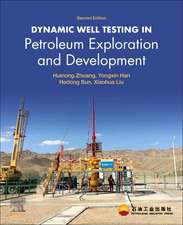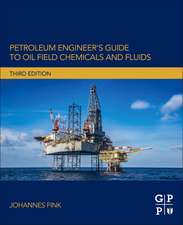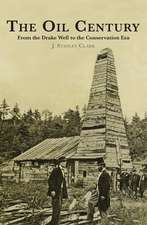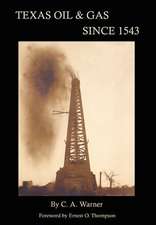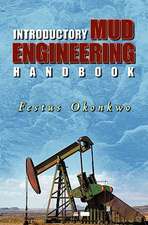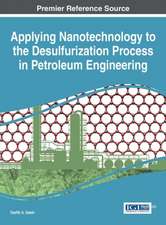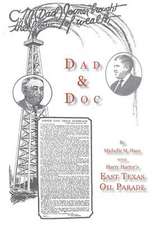Fuel Additives – Chemistry and Technology
Autor RD Tacken Limba Engleză Hardback – 9 oct 2022
Explore a complete and insightful review of fuel additives
In Fuel Additives: Chemistry and Technology, petroleum industry chemist R. D. Tack delivers a comprehensive and practical exploration of various types of fuel additives, the problems they're meant to address, what they do, their chemistries and preparations, and a discussion of how they work.
The book introduces and summarizes refinery operations to an extent that discussions of fuels in the following chapters become easier to understand. Then follow detailed descriptions of problems that occur for reasons of the ways in which liquid petroleum fuels are transported, stored, and used. In these discussions, their applications to jet fuel, heating oils, gasoline, diesel fuels, and bunker fuels are covered.
Fuel Additives: Chemistry and Technology also includes:
- A thorough overview of fuels, including discussions of refinery operations and processes and the application of fuel additives
- Aids to the transportation and storage of liquid petroleum fuels: practical discussions of stabilizers against oxidative degradation, drag reducers, static dissipators, anti-foamants, demulsifiers, de-icers, and biocides
- Comprehensive explorations of fuel detergents, including their chemistries and proposals to their mechanisms of action
- In-depth examinations of cold flow improvers, with detailed descriptions of the waxing problems that they solve
- Combustion improvers that improve the efficiencies of fuel combustion in engines, burners, and particulate filters—while also reducing emissions
- Additives that protect metal surfaces against wear, by providing lubricity, and corrosion
Perfect for chemists working in the petroleum industry, Fuel Additives: Chemistry and Technology will also earn a place in the libraries of professionals working in related areas and seeking a quick understanding of topics such as oxidative stability, corrosion, or wax crystallization since 1974.
Preț: 797.56 lei
Preț vechi: 1049.42 lei
-24% Nou
152.63€ • 158.76$ • 126.01£
Carte disponibilă
Livrare economică 24 martie-07 aprilie
Livrare express 08-14 martie pentru 35.94 lei
Specificații
ISBN-10: 1119707412
Pagini: 368
Dimensiuni: 174 x 239 x 25 mm
Greutate: 0.66 kg
Editura: Wiley
Locul publicării:Hoboken, United States



